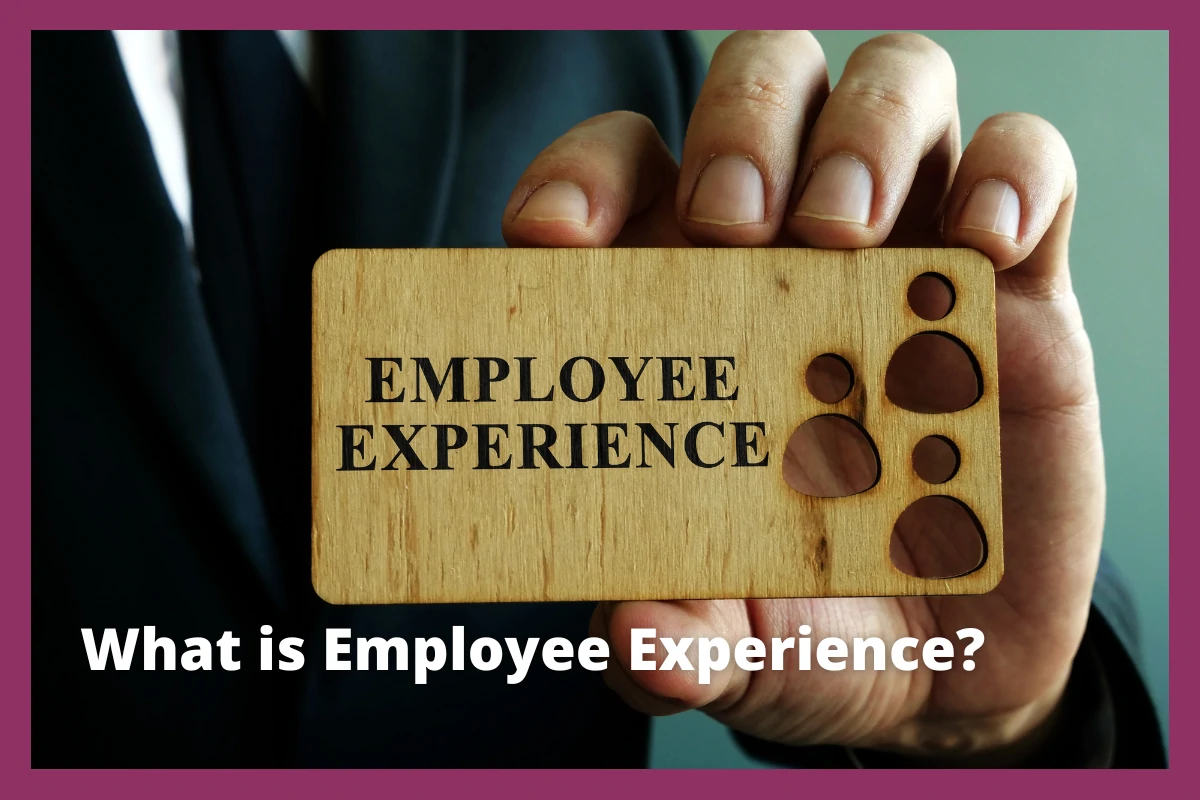
What is Employee Experience?
The term “employee experience” relates to how an employee feels about their relations with a specific organization, beginning with the time they apply for a job and continuing until the time they decide to leave that organization.
The employee experience, or EX as it is often shortened, includes the physical workspace, the corporate culture, and the technology.
What are the benefits of employee experience?
Enhancing the employee experience has numerous advantages, all of which are associated with increased employee job satisfaction, which leads to higher profits and better market positioning. These are some examples:
- More motivated, effective workers.
Companies can lose billions of dollars every year because of the negative effects that disengaged employees have on attendance, productivity, and profits.
On the other hand, employee engagement boosts productivity, makes the workplace safer, and makes it more likely to keep employees.
- Lower rates of absenteeism.
Employee dissatisfaction makes it more likely that they will miss work, which hurts morale, productivity, and profits.
Absenteeism is lower among contented employees.
- Improved work quality
Shawn Achor, a psychologist at Harvard University and an expert on happiness, and others have found that happiness has a bigger effect on job success than intelligence or skill set.
A “happy” brain, for example, is one that is more imaginative and that sees more possibilities.
- Customer relations have improved.
The way employees feel about their jobs affects everything about the business, including how customers feel about it.
In fact, a lot of industry insiders think that CX comes directly from EX.
When interacting with customers, staff who are happy are more likely to be in a good mood.
Also, they often show a stronger commitment to and understanding of the products and services they sell, which helps them help their clients better.
4 Easy Ways to Improve Your Employees' Experience
Communicate Well. Communication is essential in any organization, especially when it comes to improving employee experience (EX)
Communication is the key to improving relationships with your employees, just as it is in any other relationship.
Most HR leaders and professionals recognize the value of communication, yet they ultimately invest more time communicating with the media, stakeholders, and their target audience than with their own employees.
Provide Opportunities for Growth. Providing opportunities for growth and development is one of the most important investments you can make in your employees
According to research by DecisionWise, only 43% of employees think their employers give them good chances to learn and grow.
This is a concerning statistic because research indicates that high-performing employees will only stay in jobs that challenge them and provide meaning.
Generate Meaningful Work. Organizations can improve their employees' perceptions of growth and development by providing meaningful work that challenges their skills and encourages them to take on higher-level responsibilities
A Deloitte study says that the best company will give its employees work that matters by:
-
Increasing autonomy: Allow your employees to shape their work environment in ways that will help them perform at their best. Hire self-starters, don’t overreact when mistakes occur, and provide your employees with the tools they need to succeed.
-
Creating small, autonomous teams: Be open to new ideas, recognize and encourage your employees on a regular basis, and delegate decision-making authority to team members. If you’re hesitant to give employees that much power, consider providing them with the training they need to make sound business decisions on their own.
Keep a remote option available. It’s important to remember that not all employees thrive in a traditional office environment
Whether they like it or not, many employees now expect their work experience to take place outside of the workplace.
According to a survey by Joblist, almost 65% of employees think that being able to set their own hours and work from home will improve their experience and loyalty.
Even though you might not be able to offer completely remote jobs, can you offer more positions that combine the two?
To accomplish this, you could collaborate with front-line managers to:
-
distinct roles that must always be performed on-site (high-physical-touch duties)
-
determine the percentage of time people in each role need to be on-site versus remote to do the work (for example, 25% remote and 75% on-site per week),
-
as well as provide employees with hybrid choices determined by the ratios.